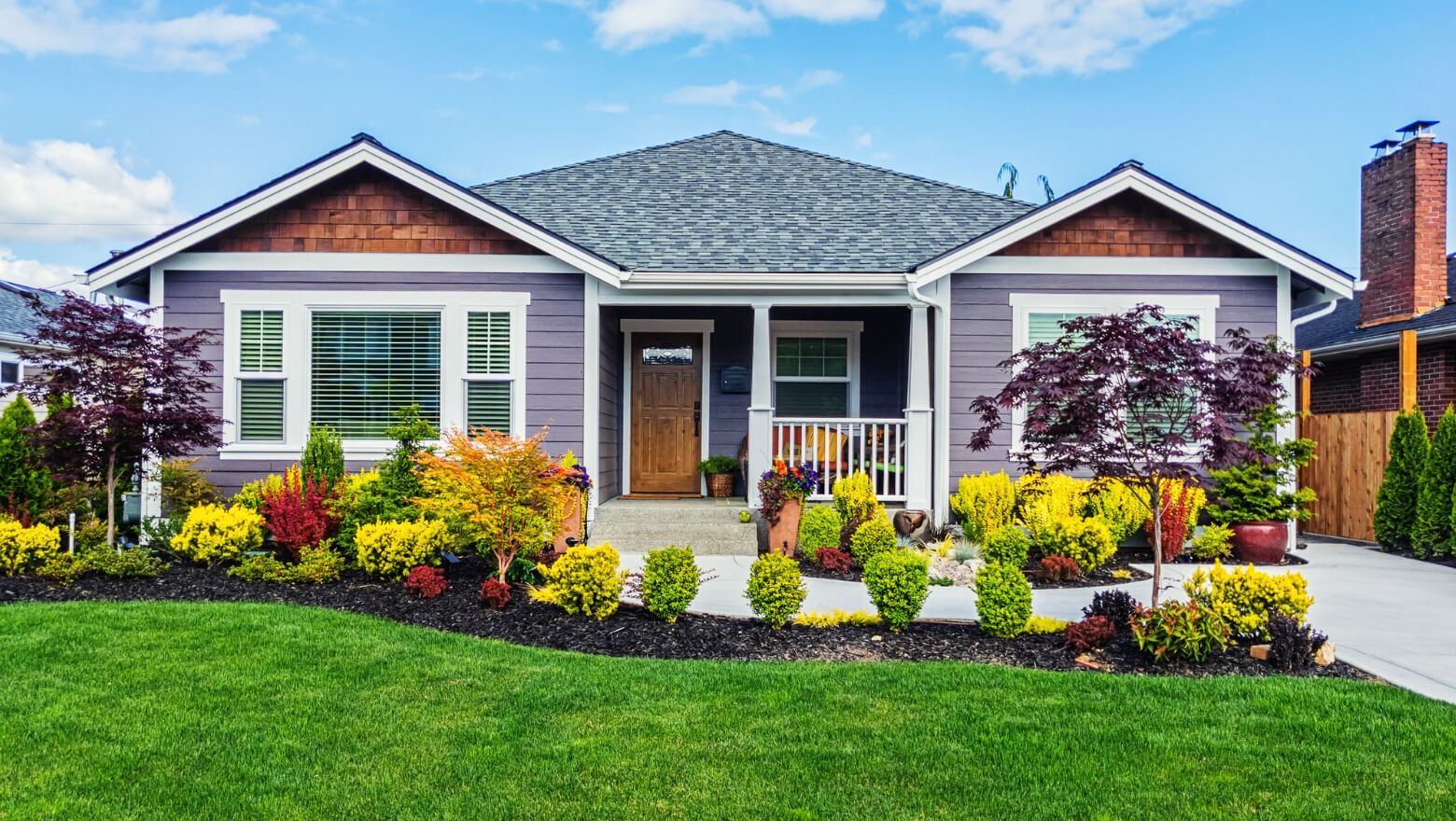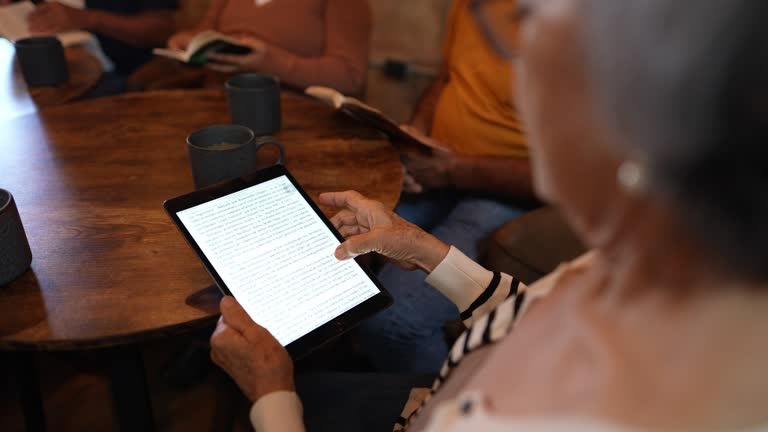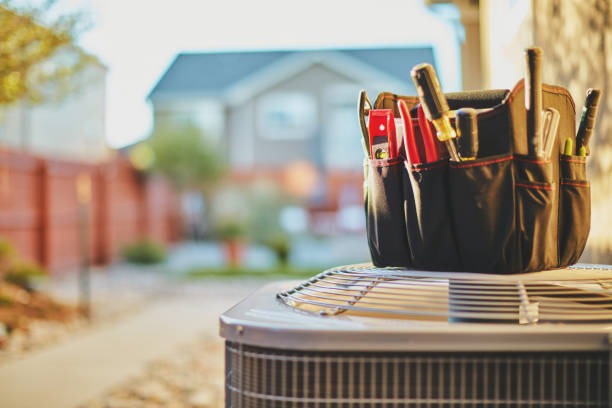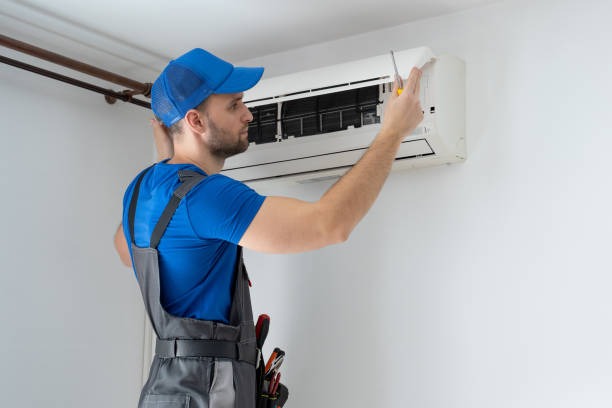
As winter approaches, preparing your home for the colder months is essential. The process may seem daunting, but with a little planning and effort, you can ensure that your home remains warm and safe during this season.
Firstly, it’s crucial to inspect your heating system. A professional inspection will help identify any potential issues before they become major problems. Regular maintenance of your furnace or boiler can improve efficiency and longevity while reducing energy costs. You should also replace filters regularly for optimal performance.
Next, consider insulating your home to reduce heat loss. Proper insulation in the attic and walls can significantly cut down on heating expenses by keeping warm air inside where it belongs. Weatherstripping around doors and windows is another effective way to prevent drafts and keep cold air out.
Winterizing outdoor plumbing is another important step in preparing for winter. Drain water from outdoor faucets and irrigation systems to prevent pipes from freezing and bursting when temperatures drop below freezing point.
In addition, make sure gutters are clean so that melting snow can drain properly instead of forming ice dams that could potentially damage roofs or cause leaks into the house. It’s also advisable to check roof shingles for any damages which could lead to leaks during heavy snowfall or rainfall.
Another area often overlooked in winter preparation is the fireplace or chimney if you have one in use at home. Hiring a professional chimney sweep ensures that all soot buildup gets removed; thus preventing possible fire hazards when you light up fires for warmth during those chilly nights.
Don’t forget about safety measures too! Keep a supply of salt or sand handy for icy walkways or driveways – slipping on ice can be very dangerous! Additionally, having an emergency kit prepared with essentials like flashlights, batteries, blankets, bottled water and non-perishable food items would be beneficial if ever there’s a power outage due to severe weather conditions.
Lastly but importantly is checking smoke detectors as well as carbon monoxide detectors to ensure they are functioning properly. These devices can be lifesavers, especially during winter when windows are often closed and heating systems are in constant use.
In conclusion, preparing your home for winter does not have to be a daunting task. By taking these steps ahead of time, you can enjoy the colder months with peace of mind knowing that your home is safe and ready for whatever Mother Nature has in store. Remember, the key is to start early; don’t wait until the last minute to prepare your home for winter.




